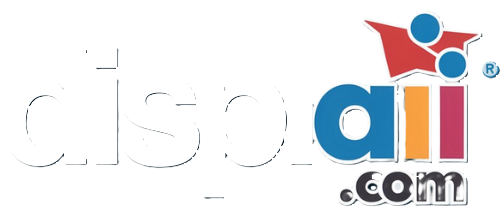Full Stack PRD Guide for Vibe Coders
https://github.com/cpjet64/vibecoding/blob/main/prd-guide.md
Hey Vibe Coders! To help with product definition and avoid scope creep, here’s a guide for creating effective Product Requirements Documents (PRDs).
Step 1: Create a "prd.md" Document
Make a markdown file named "prd.md" as your product roadmap. A template is available at the end.
Step 2: Document Each Product Component
For each component (user flows, features, interfaces):
- Key functionality (e.g., authentication)
- User stories/acceptance criteria
- Technical constraints
- Priority level (must-have, should-have, nice-to-have)
Step 3: Add Overall Product Metrics
Key success metrics to document:
- Key Performance Indicators (KPIs)
- User acquisition and retention rates
- Conversion goals
- Engagement benchmarks
Step 4: Consult Advanced AI
Engage in detailed discussions with AI like ChatGPT 4.5 or Claude 3.7. Discuss various aspects of your PRD, challenge assumptions, and gather insights.
PRD Principles to Remember
- Focus on the WHAT, not the HOW
- Requirements should be measurable
- Link each feature to a user need
- Prioritize to prevent scope creep
Recommended PRD Components
Include sections such as:
- Product vision/goals
- User personas/maps
- Feature breakdowns
- Non-functional requirements
- Metrics/analytics plans
- User research insights
User Research Integration
Incorporate user research by documenting:
- User pain points/needs
- User quotes/inspiration
- User segments and distinct requirements
- Edge cases and accessibility requirements
- Testing plans for validation
Feature Prioritization
Use frameworks like MoSCoW, RICE scoring, and ROI analysis to prioritize features.
Stakeholder Management
Document approval processes, feedback loops, and change management procedures. Establish communication plans.
Product Analytics & Measurement
Define success metrics, instrument tracking, and set up reporting for user behavior.
User Experience Design
Link your PRD to user experience through flow diagrams, UI requirements, accessibility, and performance expectations.
Technical Considerations
Align product requirements with technical planning, covering API needs, security, and third-party dependencies.
Release Planning & Timeline
Plan your release strategy, milestones, timelines, testing phases, and post-launch monitoring.
Keep your products well-defined and focused!
Document Versions
Latest versions of this guide are available on GitHub and X.com.
Full Stack PRD Guide for Vibe Coders 📝
https://github.com/cpjet64/vibecoding/blob/main/prd-guide.md
Hey Vibe Coders! To help with product definition and avoid scope creep, here’s a guide for creating effective Product Requirements Documents (PRDs).
Step 1: Create a "prd.md" Document 📋
Make a markdown file named "prd.md" as your product roadmap. A template is available at the end.
Step 2: Document Each Product Component ⚙️
For each component (user flows, features, interfaces):
- Key functionality (e.g., authentication)
- User stories/acceptance criteria
- Technical constraints
- Priority level (must-have, should-have, nice-to-have)
Step 3: Add Overall Product Metrics 📊
Key success metrics to document:
- Key Performance Indicators (KPIs)
- User acquisition and retention rates
- Conversion goals
- Engagement benchmarks
Step 4: Consult Advanced AI 🤖
Engage in detailed discussions with AI like ChatGPT 4.5 or Claude 3.7. Discuss various aspects of your PRD, challenge assumptions, and gather insights.
PRD Principles to Remember 🔑
- Focus on the WHAT, not the HOW
- Requirements should be measurable
- Link each feature to a user need
- Prioritize to prevent scope creep
Recommended PRD Components 🛠️
Include sections such as:
- Product vision/goals
- User personas/maps
- Feature breakdowns
- Non-functional requirements
- Metrics/analytics plans
- User research insights
User Research Integration 💻👥
Incorporate user research by documenting:
- User pain points/needs
- User quotes/inspiration
- User segments and distinct requirements
- Edge cases and accessibility requirements
- Testing plans for validation
Feature Prioritization 🎯
Use frameworks like MoSCoW, RICE scoring, and ROI analysis to prioritize features.
Stakeholder Management 👥
Document approval processes, feedback loops, and change management procedures. Establish communication plans.
Product Analytics & Measurement 📊
Define success metrics, instrument tracking, and set up reporting for user behavior.
User Experience Design 🎨
Link your PRD to user experience through flow diagrams, UI requirements, accessibility, and performance expectations.
Technical Considerations 🔧
Align product requirements with technical planning, covering API needs, security, and third-party dependencies.
Release Planning & Timeline 📅
Plan your release strategy, milestones, timelines, testing phases, and post-launch monitoring.
Keep your products well-defined and focused! ✌️
Document Versions
Latest versions of this guide are available on GitHub and X.com.




